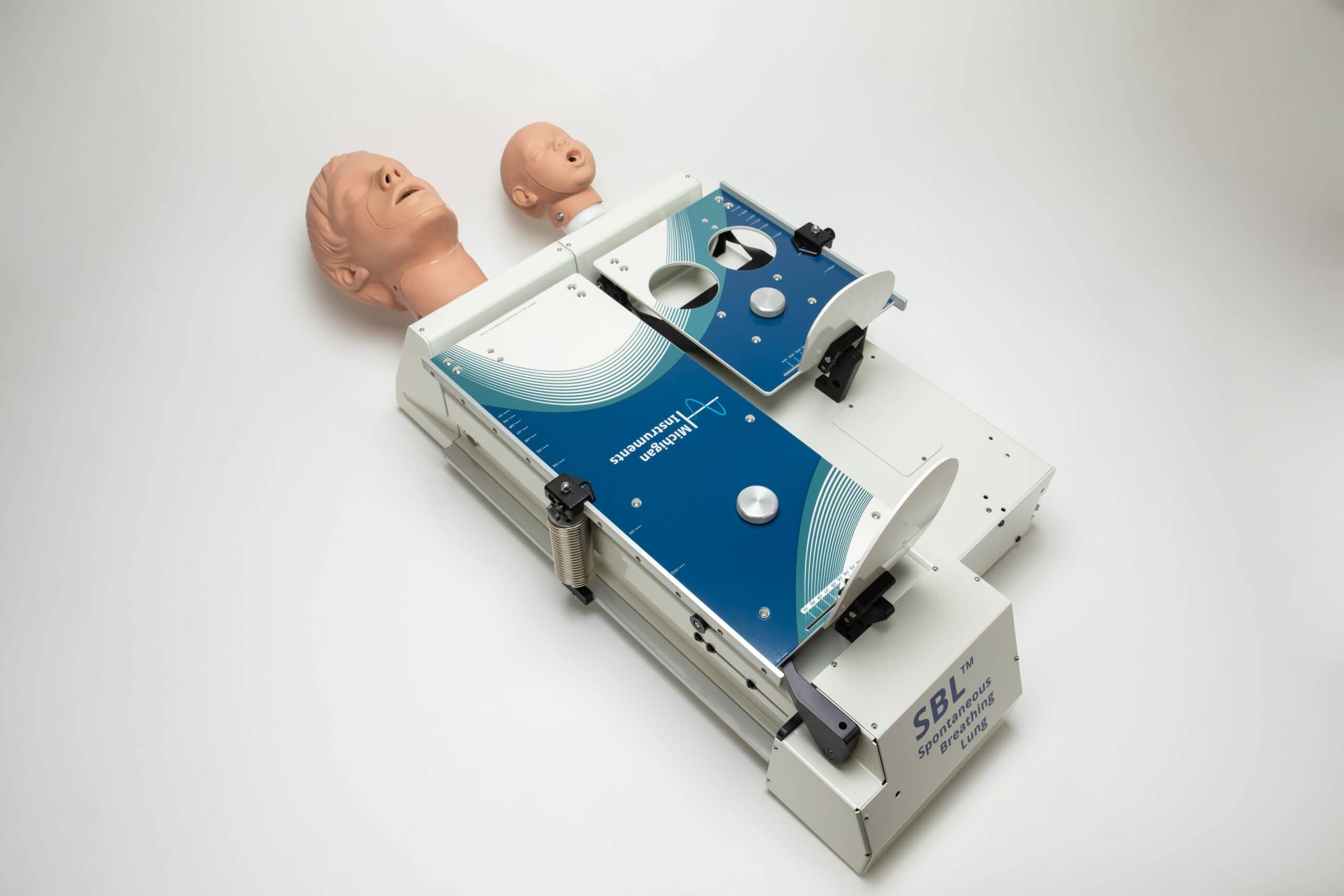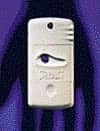Lung simulator manufacturer Michigan Instruments has released its Spontaneous Breathing Lung Simulator (SBL).
The Spontaneous Breathing Lung Simulator is capable of providing precision-based simulation of a breathing patient to aid in the research, training, and development of noninvasive and supportive modes of ventilation and oxygenation.
SBL offers an updated way to create spontaneous breathing. This is available as an independent device or an add-on to the current version of Michigan Instruments’ TLL Training Test Lungs and PneuView systems. The addition of the SBL module, transforms the device into a spontaneous breathing system.
“The Spontaneous Breathing Lung has been one of our most requested device capabilities for our Lung Simulators,” said Chris Blanker, owner and president of Michigan Instruments. “We’ve had an alternative option using our Breath Simulation Module, but the Spontaneous Breathing Lung provides an easier way for researchers, educators and developers to access these capabilities on our devices.”
While the Spontaneous Breathing Lung is useful in any research requiring breathing, in training settings the Spontaneous Breathing Lung can help educators create a variety of scenarios and breathing patterns that can be used during student education in classrooms and simulation labs. While in testing settings, the simulator can help facilitate troubleshooting and testing of devices meant to operate on spontaneous breathing patients and test various device capabilities.
The Spontaneous Breathing Lung is capable of providing users with a variety of real-time data, including:
- Breath rates of 2 to 30 breaths per minute
- Inspiratory Time of 0.5 to 5.0 seconds in 0.1 second increments
- Breath Volume of 100 mL to 1,800 mL
- Flow Waveform: Square or Sinusoid









